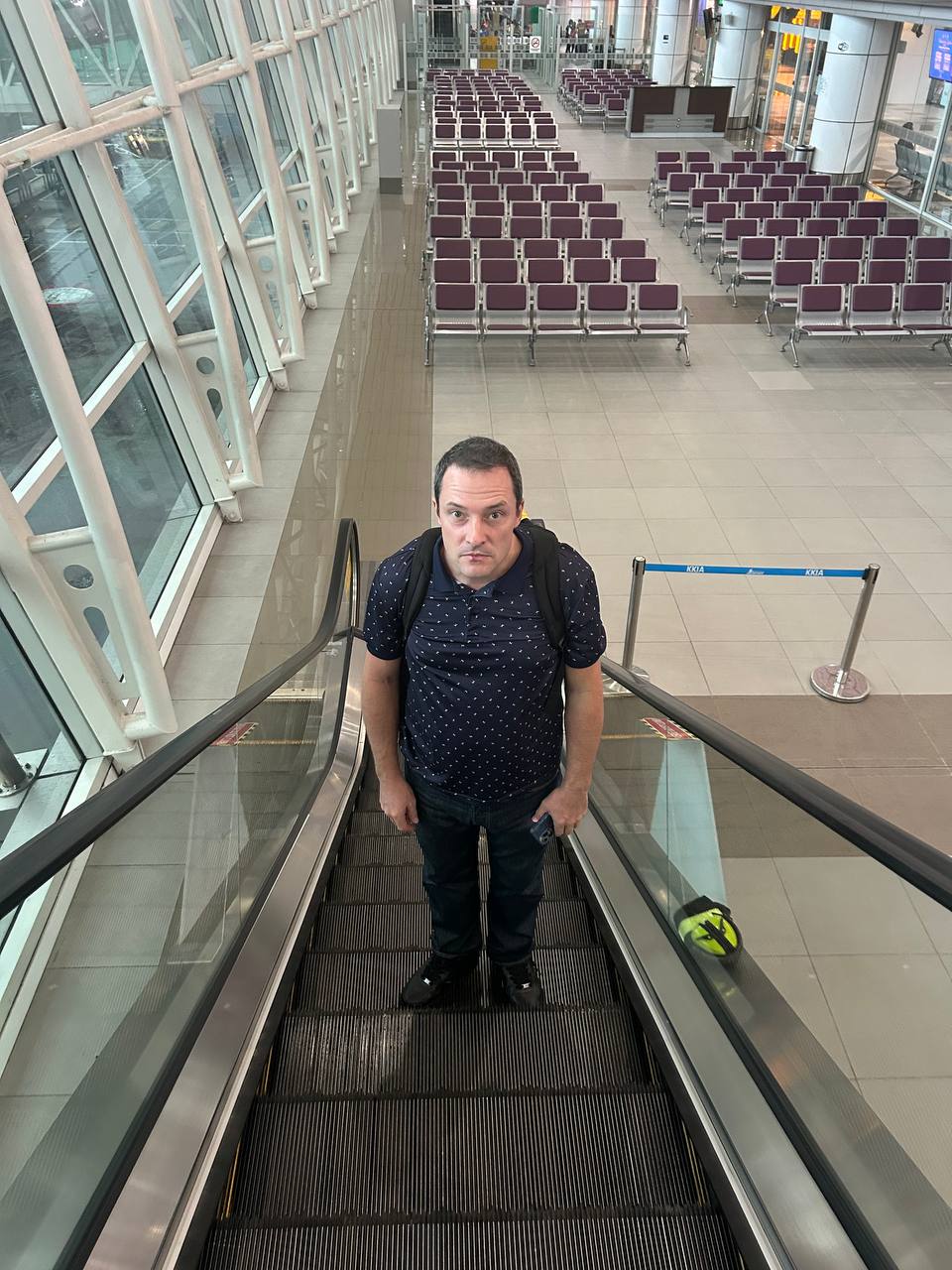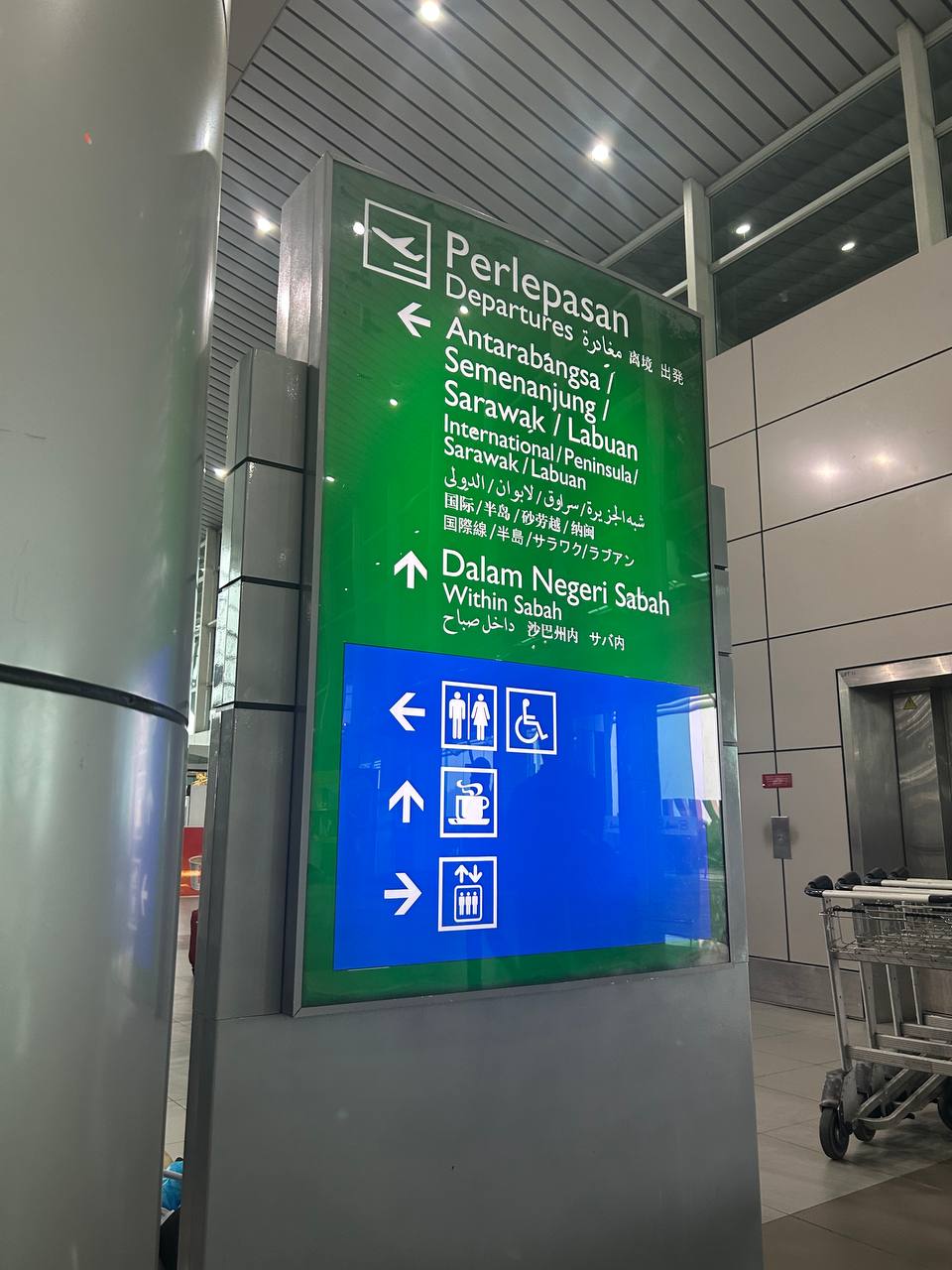Malaysia, a land of diverse cultures and stunning landscapes, is also home to one of the world’s most unique immigration systems. Unlike most countries where immigration is limited to international borders, Malaysian immigration introduces an extra layer of complexity: internal immigration in Malaysia.
This system, especially prominent in Sabah and Sarawak on the island of Borneo, often leaves travelers scratching their heads—or clutching their passports in frustration. Here’s what you need to know about navigating Malaysia’s internal borders and why this quirky system exists.
What Makes Malaysian Immigration Unique?
Malaysia comprises 13 states and three federal territories, with Peninsular Malaysia, Sabah, and Sarawak forming the three main regions. While international travelers are familiar with the standard immigration controls at airports or land borders, the states of Sabah and Sarawak operate their own immigration policies, independent of Malaysia’s federal system.
This means that even Malaysian citizens require permits or special documentation to travel between Peninsular Malaysia and these states. For foreigners, it adds an unusual twist to what would otherwise be straightforward domestic travel.

A Journey Through Internal Immigration in Malaysia
Traveling to Sabah and Sarawak can feel like stepping into a different country. These states were granted special autonomy when they joined Malaysia in 1963, including the right to control immigration. While this autonomy helps protect local cultures and resources, it also creates logistical headaches for travelers.
Again this was part of the shared Kingship and what was originally thought of as being a much much looser federation of states. Lets not forget at one point it was supposed to also include Singapore and Brunei.
From Kota Kinabalu to Brunei: The Passport Stamping Marathon
One of the most notorious examples of Malaysia’s internal immigration complexity is the overland route from Kota Kinabalu (Sabah) to Brunei. This journey, which includes multiple border crossings between Sabah, Sarawak, and Brunei, can result in up to 10 passport stamps in a single day.


Here’s how the process unfolds:
- Exiting Kota Kinabalu: You’ll pass through Sabah’s immigration checkpoint.
- Entering Sarawak: Your passport gets another stamp at Sarawak’s entry point.
- Crossing into Brunei: Both exit and entry stamps are required.
- Re-entering Sarawak and Brunei: Depending on your route, you may crisscross these borders multiple times, racking up even more stamps.
- Final Entry into Brunei: If this is your destination, the journey ends here—along with your patience.
The sheer number of stops, inspections, and stamps makes what should be a straightforward journey an exercise in endurance.
This might be cool for some, but for globe trotting YPT guides this is akin to death….
Why Does Internal Immigration in Malaysia Exist?
The system dates back to Malaysia’s formation in 1963 when Sabah and Sarawak negotiated special rights, including control over immigration. These measures were designed to limit migration from Peninsular Malaysia, protect local populations, and preserve their unique identities.
For foreigners, this means that a visa for Malaysia doesn’t automatically grant entry to Sabah or Sarawak. Separate entry permits may be required, and travelers must comply with both federal and state-level immigration rules.
Even for Malaysians, traveling to Sabah or Sarawak involves additional paperwork, reinforcing the sense that these states operate like semi-independent entities.

Challenges of Malaysian Immigration for Travelers
The peculiarities of Malaysian immigration can frustrate even the most seasoned travelers. Common issues include:
- Delays at checkpoints: Border crossings often involve long waits, especially during peak travel times.
- Confusion over permits: Many visitors are unaware of the need for separate permits to enter Sabah and Sarawak.
- Extra fees: Some immigration points may charge small administrative fees, adding to the cost of travel.
For locals, the system can feel equally cumbersome. Peninsular Malaysians sometimes experience the irony of being treated like foreigners within their own country.
Tips for Navigating Internal Immigration in Malaysia
Preparation is key to avoiding frustration when traveling between regions in Malaysia. Here are some practical tips:
- Research entry requirements: Check if your visa covers Sabah and Sarawak, and apply for additional permits if necessary.
- Carry extra cash: Be prepared for minor fees at immigration checkpoints.
- Plan for delays: Build extra time into your travel schedule to account for border crossings.
- Keep your documents organized: Ensure your passport and any required permits are easily accessible.
The only similarity we can think of to this is the “International – Hong Kong – Macao – Taiwan” signs in China, but at least that is just smoke and mirrors, rather than actual hassle.
The Bigger Picture: Is Malaysia One Country or Many?
The existence of state-level immigration controls raises questions about Malaysia’s identity as a unified nation. Sabah and Sarawak’s autonomy creates a sense of distinct identity for these states, and many locals take pride in their unique status.
However, for travelers, the system can feel like navigating a collection of semi-independent countries. Imagine needing a visa to travel between states in the United States or Australia—it’s an unfamiliar concept to most, but in Malaysia, it’s a reality.
You can read YPT’s guide on what an actual country is here.
Finding the Silver Lining
Despite its frustrations, Malaysia’s internal immigration system reflects the country’s fascinating diversity and history. While the logistics can be annoying, they’re also a reminder of how unique Malaysia truly is.
And when you join a YPT Malaysia Tour we deal with all that heartache for you!





